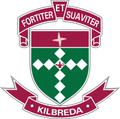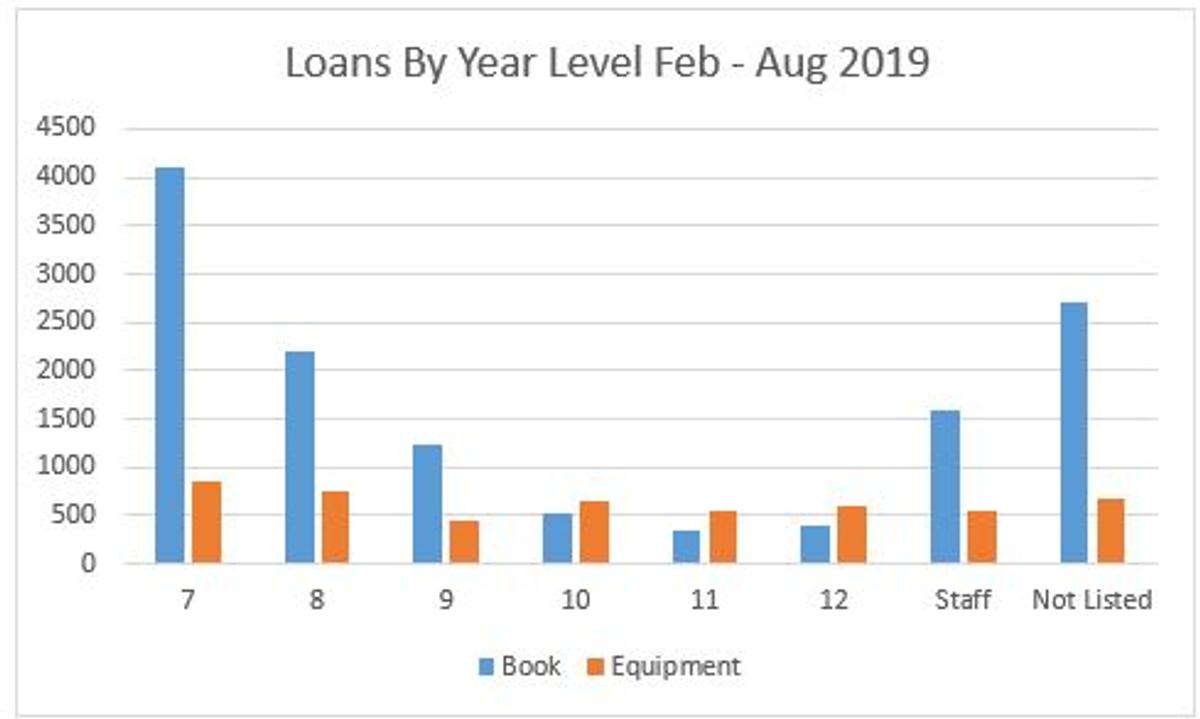Library

Two items have attracted my attention for this Newsletter article:
1 - The encouraging feedback that we have received from students and parents regarding the new ‘dyslexia-friendly’ eBooks and printed books.
I have great empathy for students who have a reluctance to read because the letters dance around on the page, having been such a student myself and so it is truly heartening to see publishers becoming aware of this and providing ways to make it easier for us to read their books.
In a previous newsletter I mentioned the eBooks that we now have which provide ‘easy-to-read’ formatting options such as larger print size and better contrasting background colours for pages, but in case you missed that edition it is worth providing the link to our relevant Libguide here again https://kilbreda.wheelers.co/ where your daughter can download the app.
To further help students the library staff have created a guide to ‘Quick Reads 7-9’ which provides students with the ability to flick through to find books which are in larger font sizes. Copies of these are available in the library or can be viewed here. A ‘Quick Reads’ guide for older readers is being created to cater to our senior students.
In previous roles in the Public Library sector I was responsible for the development of the Large Print collections and so I heartily recommend a visit to your local public library! This should furnish your daughter with current best sellers in the Large Print format. Yes, many books in this format are targeted at an older audience whose sight is failing, but there are still plenty of titles that would appeal to a discerning teenage audience.
2 - A ‘very rough’ statistical view of what we have loaned by year level for this year.
To quote from a phrase popularized in the United States by Mark Twain (among others), who attributed it to the British prime minister Benjamin Disraeli:
"There are three kinds of lies: lies, damned lies, and statistics."
To help us get a picture of our ‘borrowership’ we looked at the patterns of borrowing by homerooms and year levels for both print and equipment since the beginning of this year. This should have been a simple report to produce but our database disagreed. After merging two seemingly disparate report spreadsheets, deleting many columns and filtering the results we were left with about 3,300 loans which apparently belong to no one. Hence my quote above and also why I am now in consultation with our Library Management System supplier! Nevertheless, there is useful data here.
The data we ‘crunched’ has provided us with confirmation of what we ‘already knew’ but also has given us some surprises. We already knew that readership, as distinct from borrowing equipment , went down as students’ age went up, but we are pleasantly surprised by the relatively high use of the VCE collection and other books by our senior students. Anecdotally I would like to point out that last year’s DUX was one of the preeminent users of the VCE collection! A coincidence?
It is also good to see that teachers are big borrowers of texts and books that support the curriculum. The statistics below do not include many of the books on loan to teachers as they often retain these for several years without renewing and so are not counted in this timeframe’s loans.
Loans of equipment include: iPhone cords, headsets, laptops, cameras and audio-visual accessories, talking books, DVDs, scissors, staplers, games and more. These loans demonstrate the importance of being able to provide students and staff with the tools they need to undertake their daily school tasks beyond reading.
Angus Pearson
Library Coordinator

